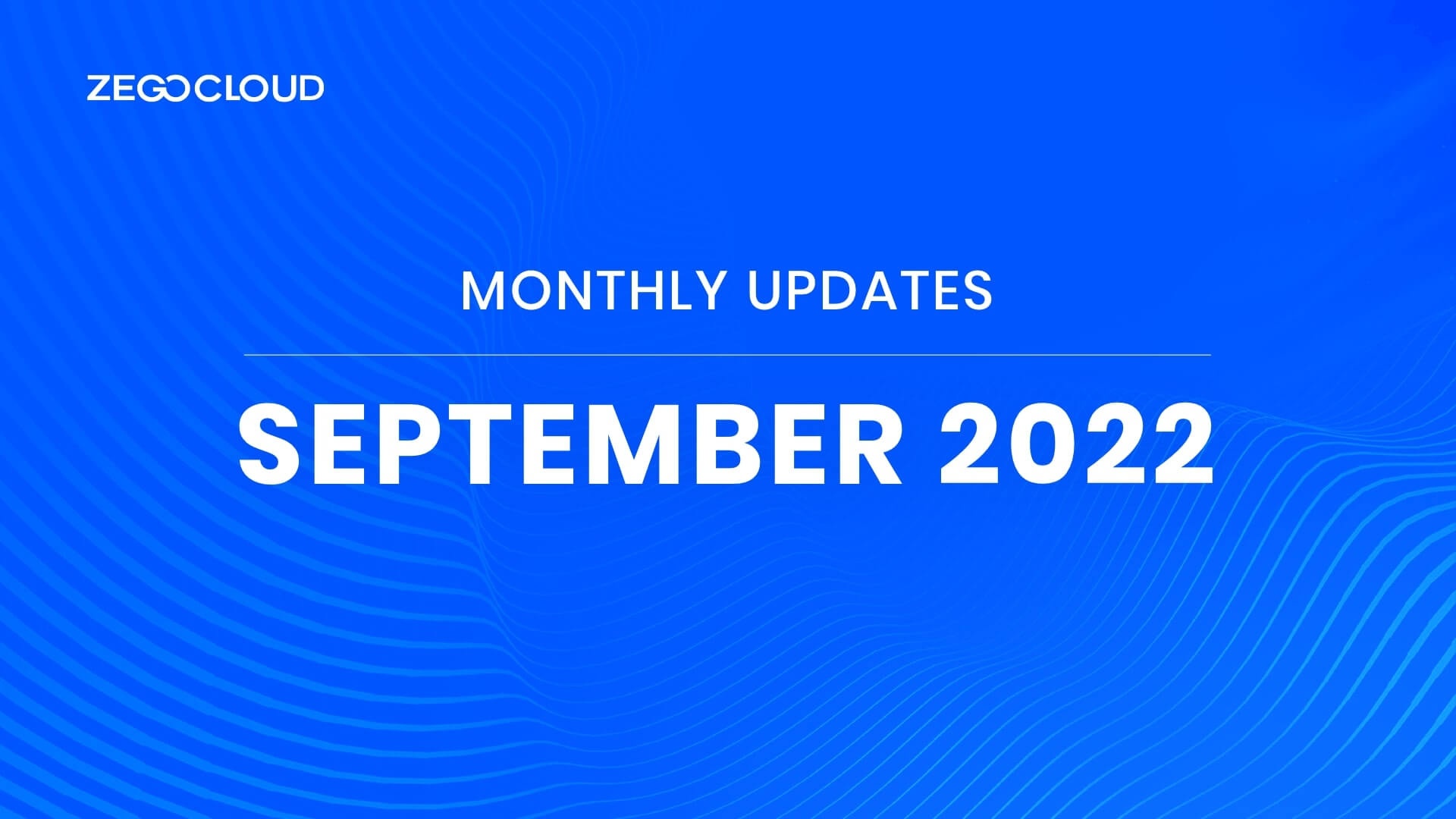In the realm of digital communication, the evolution of video call technology has been pivotal in enhancing user experience. A critical aspect of this advancement is the support for switching hardware decoding within Video Call Software Development Kits (SDKs). This feature marks a significant milestone in optimizing video call quality and efficiency.
By leveraging the power of hardware decoding, these SDKs not only improve the performance of video calls but also ensure a smoother, more reliable, and resource-efficient experience for users across various devices. As we delve into this topic, we’ll explore how this technology works and its impact on the future of video communication
1. New features of Native SDK
- Added support for reverb effects to the system ear feedback of Huawei mobile phones.
- Support dynamic switching between software and hardware decoding strategies at runtime.
2. New features of Native SDK
- AI noise reduction function.
- After unplugging the device, it can automatically switch to other devices.
- Range Voice Support Switching Speakers
New features of Native SDK
1. Added support for reverb effects to the system ear feedback of Huawei mobile phones.
Function description:
- Add the reverberation effect support when using the system ear return of Huawei mobile phones.
- Due to the system’s limitation, only the following three reverb effects are supported: KTV, Theater, and Concert.
- The default is KTV. If you choose a reverb effect other than those three, it still defaults to the KTV effect.
2. Support dynamic switching between software and hardware decoding strategies at runtime.
Function description:
- A callback for poor decoding performance is thrown when the user’s decoding frame rate is inadequate.
- Developers can therefore adjust whether to use software decoding or hardware decoding according to this callback, and there will be no black screen or freezing during the switching process.
Notice: - Developers need to listen to this callback to implement switching logic; hence the engine does not directly make judgments.
New features of Web SDK
1. Added AI noise reduction
Function description:
- AI noise reduction means that the SDK will perform noise reduction processing on the sound collected by the microphone. In the case of the standard processing of the original steady-state noise, it will also deal with non-steady-state noise.
2. After unplugging the device, it can automatically switch to other devices
Function description:
- In the process of using push-pull flow, it can automatically switch to the first device in the current collection device list after the collection device is pulled out.
3. Range Voice Support Switching Speakers
Function description:
- Added the ZegoExpressRangeAudio.setRangeAudioVolume interface, which is used to set the audio playback volume in the range. The settable range is [0,200], and the default value is 100.
Native SDK important optimization
1. Added 3 new modes for mobile video capture and rotation function.
Function description:
- Due to mobile cameras’ angles, resolution, rotation, and other characteristics, developers must make many complex adaptations.
- The current SDK encapsulates various configurations and provides a simple mode selection. A new fixed scale, adaptive, and alignment mode can be added based on the original custom mode, reducing developers’ access costs.
Web SDK important optimization
1. Optimize the capture volume function of the setCaptureVolume interface
Function description:
- The setCaptureVolume interface supports volume gain based on the original captured volume. The gain interval is adjusted from [0,100] to [0,200]
2. Push-pull streaming quality data increases the duration of the audio and video freezing rate
Function description:
In the playerStateUpdate callback interface, supplement the indicator information related to the freeze. The fields are as follows:
- audioCumulativeDecodeTime: Accumulated audio decoding time, unit: ms.
- audioCumulativeBreakTime: Accumulated audio freeze duration, unit: ms.
- audioCumulativeBreakRate: Accumulated audio freeze rate, the value range is 0.0 ~ 1.0.
- videoCumulativeDecodeTime: Cumulative video decoding time, team: ms.
- videoCumulativeBreakTime: Cumulative video freeze duration, unit: ms.
- videoCumulativeBreakRate: The cumulative video freeze rate, the value range is 0.0 ~ 1.0.
Let’s Build APP Together
Start building with real-time video, voice & chat SDK for apps today!










